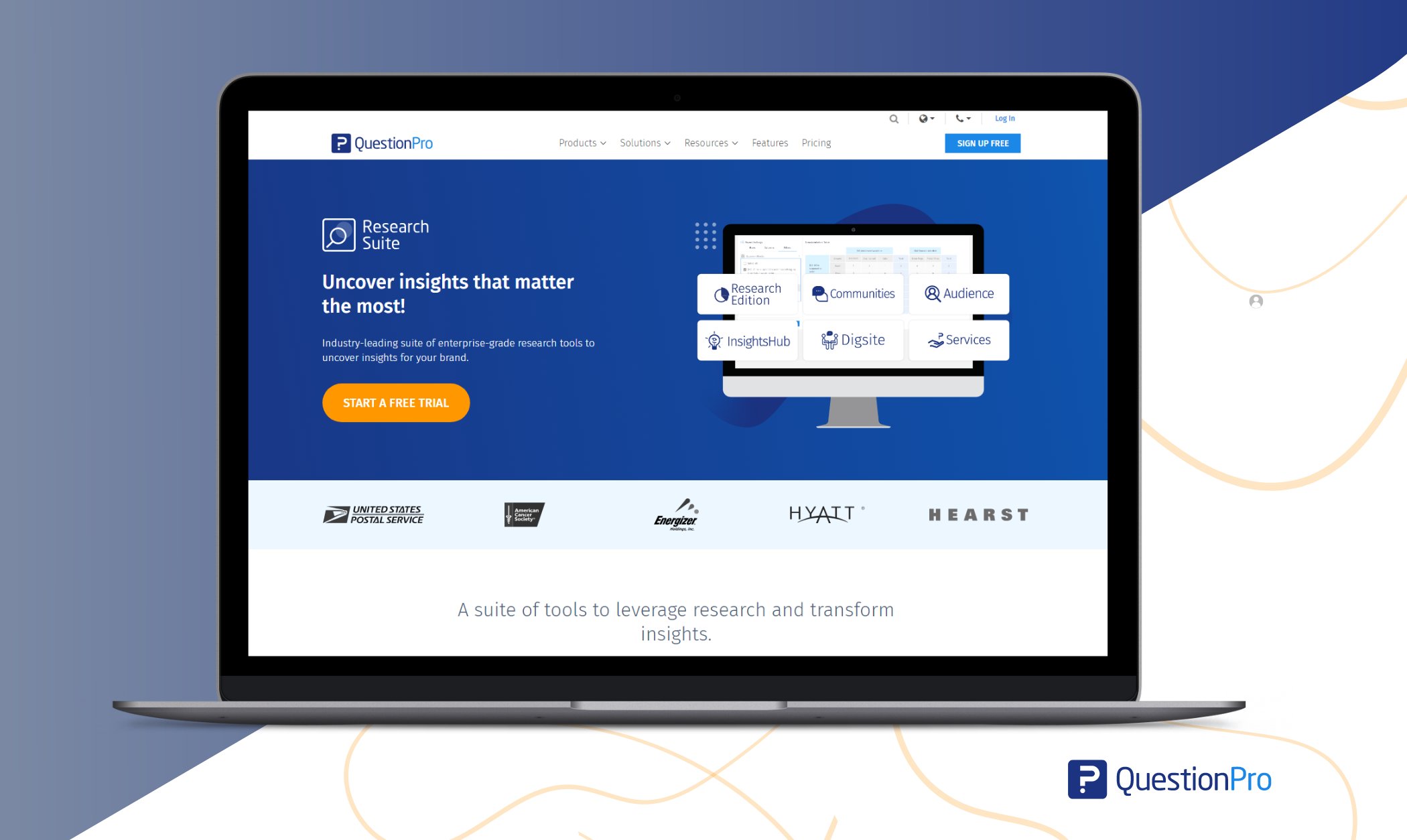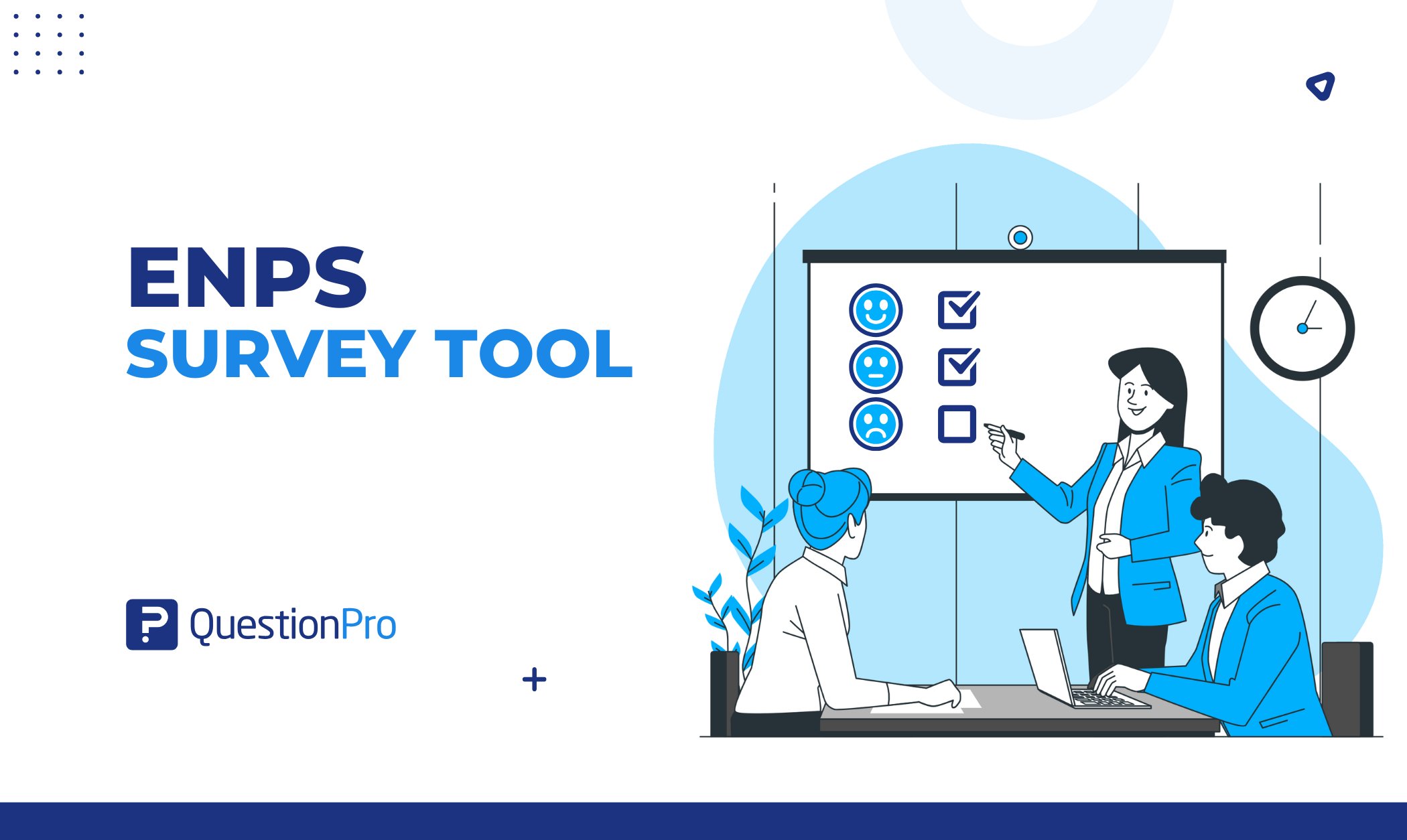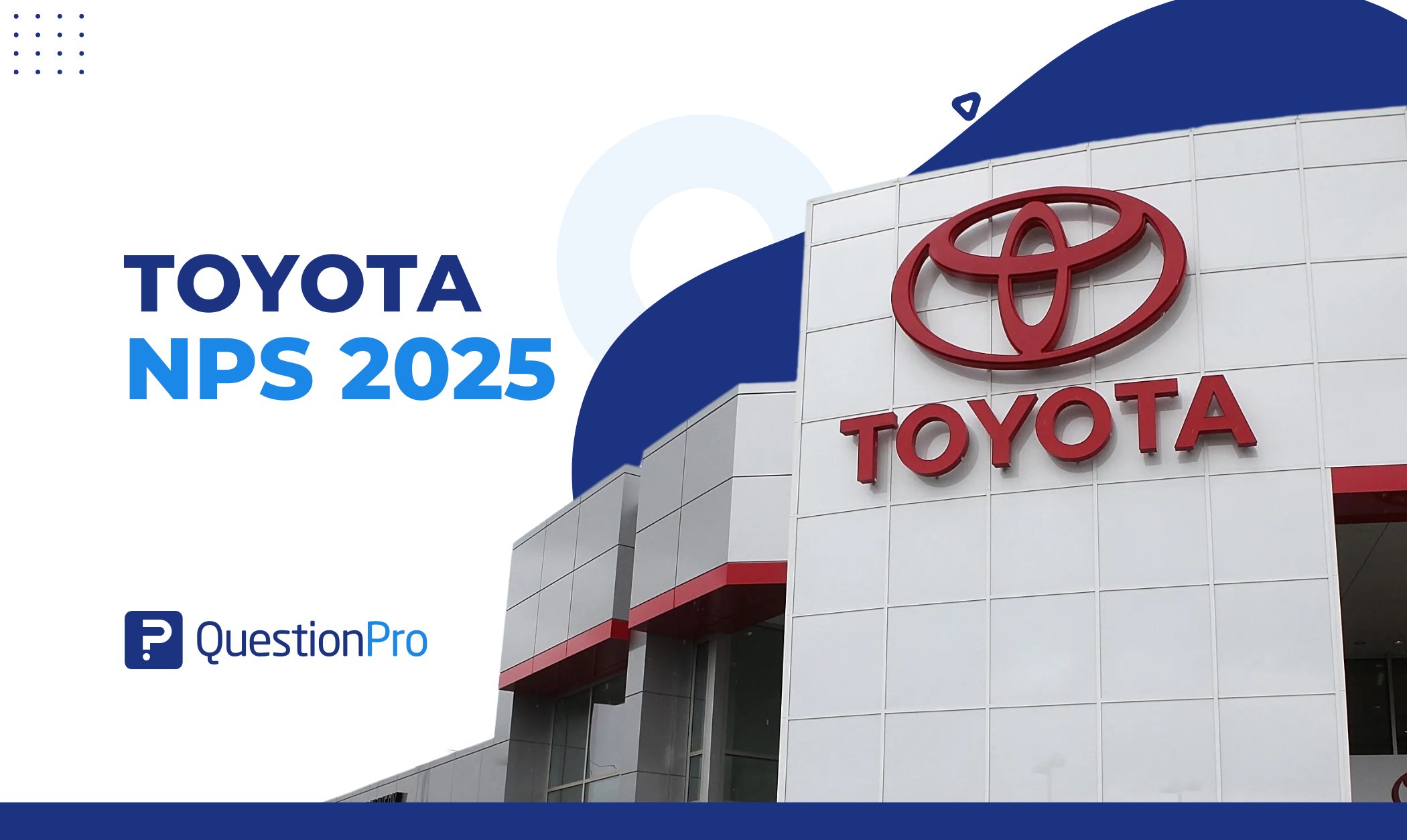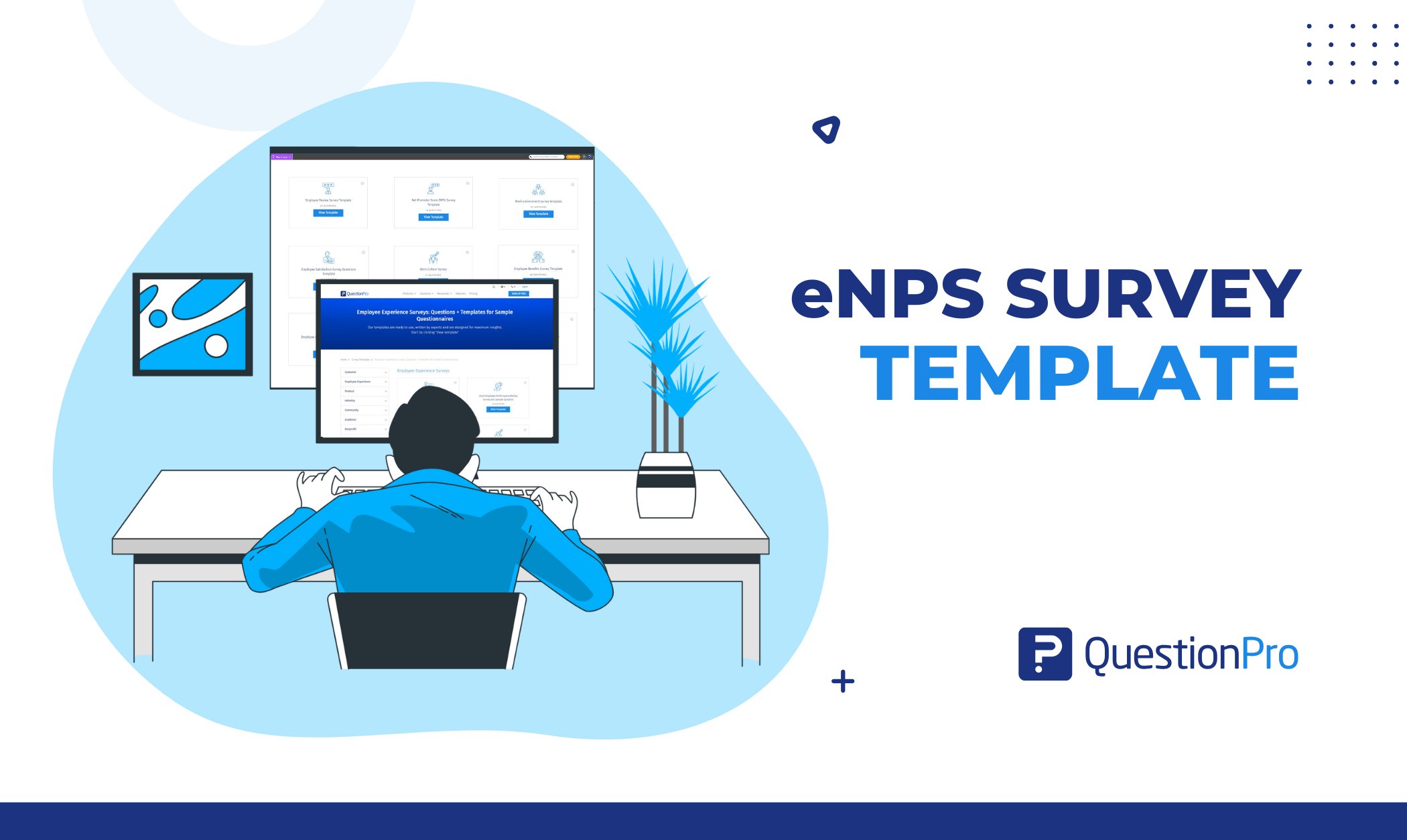
Setting the right price for a product or service is a critical decision for any business. Price elasticity is a fundamental concept that plays a significant role in this decision-making process.
Calculating and interpreting price elasticity can help businesses optimize their pricing strategies to maximize revenue and profit.
In this blog, we will learn price elasticity and how to calculate it. Stick with us to learn more.
What is the Price Elasticity?
Price elasticity measures how the demand for a product or service changes in response to a change in its price. Simply put, it tells us how sensitive consumers are to price fluctuations. This sensitivity determines how much or less of a product will be bought when its price increases or decreases.
When demand is highly sensitive to price changes, the product has high elasticity. On the other hand, if demand remains relatively stable despite price changes, the product is considered to have low elasticity.
Key Concepts:
- Elastic Demand: If a slight change in price leads to a significant change in demand, the product is said to be elastic. Consumers are more likely to change their buying habits when prices rise or fall.
- Inelastic Demand: The product is inelastic if a price change has little to no effect on the quantity demanded. This usually applies to necessities or products with few substitutes.
Importance of Price Elasticity
Understanding price elasticity is essential for businesses as it helps them predict how price changes will impact their sales, revenue, and overall market demand. Let’s look at some of the key benefits of knowing your product’s price elasticity:
- Maximizing Revenue and Profits: By analyzing their products’ price elasticity, companies can set the optimal price that maximizes their revenue. If demand for a product is elastic, lowering the price may increase sales significantly. Conversely, companies can raise prices for inelastic products without losing many customers, thereby increasing profits.
- Competitive Strategy: Price elasticity also helps businesses understand the competitive landscape. By analyzing their products’ price sensitivity and comparing them to competitors, companies can make strategic pricing decisions to gain a competitive edge.
- Sales Forecasting: Businesses can use price elasticity data to forecast how sales volumes might change under different pricing scenarios. This enables more informed decisions regarding inventory management, production, and marketing strategies.
LEARN ABOUT: Pricing Research: What it is & How to Run It
Factors Influencing Price Elasticity
Several factors can influence whether a product is elastic or inelastic, including:
- Availability of Substitutes: If many alternatives are available, a product will likely be more elastic because consumers can easily switch to substitutes if the price rises.
- Necessity vs. Luxury: Necessities tend to have inelastic demand since people need them regardless of price changes. In contrast, luxuries are more elastic as consumers can do without them if prices rise.
- Consumer Loyalty: Strong brand loyalty can make a product more inelastic since customers may be willing to pay more for a trusted brand.
- Proportion of Income: Products that take up a significant portion of a consumer’s budget are more likely to be elastic, as price changes can greatly affect purchasing decisions.
What Makes a Product Elastic?
A product is considered elastic when a change in its price significantly impacts the supply or demand for that product. Simply put, if a small price change leads to a substantial change in how much of that product people are willing to buy or sell, it’s elastic. Here are some key factors that contribute to a product’s elasticity:
- Availability of Substitutes: If many alternatives are available, consumers can easily switch to a different product if prices rise. For example, if the price of a specific brand of coffee increases, consumers might opt for a cheaper alternative, making coffee demand elastic.
- Luxury vs. Necessity: Luxury items tend to have more elastic demand because they are not essential. Suppose high-end cars or gourmet cupcakes are considered luxuries. If prices go up, consumers may decide to forgo these purchases.
- Time Frame: The longer consumers have to adjust to price changes, the more elastic the demand becomes. Over time, people can change their buying habits or find substitutes.
- Proportion of Income: If a product takes up a large portion of a consumer’s budget, its demand is more likely to be elastic. For example, expensive electronics or luxury vacations fall into this category; a slight price increase may lead to a noticeable drop in sales.
What Makes a Product Inelastic?
Conversely, a product is deemed inelastic when changes in price have little to no effect on its supply or demand. In other words, even if prices rise or fall, consumers will continue to buy or sell approximately the same amount of that product. Here are some factors that contribute to a product’s inelasticity:
- Lack of Substitutes: Products with few or no substitutes tend to have inelastic demand. For instance, gasoline is essential for many people’s daily commutes, and if prices rise, most consumers have no choice but to continue purchasing it.
- Necessity Goods: Items considered necessities typically exhibit inelastic demand. For example, basic food items or essential medications are products that people need regardless of price changes.
- Addictive Products: Goods that are habit-forming, such as cigarettes or iPhones, often have inelastic demand. Even if prices increase, loyal customers will likely continue buying them due to their dependency on the product.
- Small Portion of Income: If a product represents a small portion of a consumer’s income, demand may remain stable despite price changes. For example, a minor salt price increase will likely not stop consumers from purchasing it.
Ways to Calculate Price Elasticity
Price elasticity can be calculated in various ways, depending on the available data and the level of detail required. Here are three popular methods:
1. Percentage Method
It is the most fundamental method for calculating price elasticity. It is calculated by dividing the rate of change in demand by the rate of change in price. This method’s formula is:
The formula for price elasticity is = (% change in quantity demanded) / (% change in price)
Example:
A coffee shop increases the price of a latte from $4.00 to $4.50, reducing the quantity demanded from 100 lattes per day to 80 lattes per day.
- Calculation of Price Elasticity:
- Percentage change in quantity demanded:
(80−100)/100=−0.20(80 – 100) / 100 = -0.20(80−100)/100=−0.20 or −20%-20\%−20% - Percentage change in price:
(4.50−4.00)/4.00=0.125(4.50 – 4.00) / 4.00 = 0.125(4.50−4.00)/4.00=0.125 or 12.5%12.5\%12.5% - Price Elasticity:
−20%/12.5%=−1.6-20\% / 12.5\% = -1.6−20%/12.5%=−1.6
- Percentage change in quantity demanded:
This result indicates that the demand for lattes is elastic, meaning the quantity demanded is highly sensitive to price changes.
2. Point Method
This method is more precise than the percentage method because it calculates price elasticity at a specific point on the demand curve. It involves dividing the change in quantity demanded by the price change at a given price and quantity level. This method’s formula is:
Price elasticity = (change in quantity demanded) / (change in price) * (average price / average quantity)
Example:
A clothing retailer notes that when the price of a specific jacket increases from $60 to $70, the quantity demanded decreases from 200 to 150 jackets.
- Calculation of Price Elasticity:
- Change in quantity demanded:
150−200=−50150 – 200 = -50150−200=−50 - Change in price:
70−60=1070 – 60 = 1070−60=10 - Average price:
(60+70)/2=65(60 + 70) / 2 = 65(60+70)/2=65 - Average quantity:
(200+150)/2=175(200 + 150) / 2 = 175(200+150)/2=175 - Price Elasticity:
(−50/10)∗(65/175)=−1.86( -50 / 10 ) * ( 65 / 175 ) = -1.86(−50/10)∗(65/175)=−1.86
- Change in quantity demanded:
This calculation shows that the demand for the jacket is elastic since the elasticity coefficient is greater than 1 in absolute value.
3. Arc Method
This technique is applied when a significant change in the price or quantity demanded between any two points on the demand curve. It involves dividing the change in quantity demanded by the average of the initial and final prices and then dividing that result by the change in price divided by that average. This method’s formula is:
Price elasticity = (change in quantity demanded / average quantity) / (change in price / average price)
Example:
A smartphone company raises the price of its latest model from $800 to $1,000, resulting in a drop in quantity demanded from 5,000 units to 3,500 units.
- Calculation of Price Elasticity:
- Change in quantity demanded:
3,500−5,000=−1,5003,500 – 5,000 = -1,5003,500−5,000=−1,500 - Average quantity:
(5,000+3,500)/2=4,250(5,000 + 3,500) / 2 = 4,250(5,000+3,500)/2=4,250 - Change in price:
1,000−800=2001,000 – 800 = 2001,000−800=200 - Average price:
(800+1,000)/2=900(800 + 1,000) / 2 = 900(800+1,000)/2=900 - Price Elasticity:
(−1,500/4,250)/(200/900)=−1.88\left( -1,500 / 4,250 \right) / \left( 200 / 900 \right) = -1.88(−1,500/4,250)/(200/900)=−1.88
- Change in quantity demanded:
The arc method shows that the demand for the smartphone is elastic, indicating consumers are responsive to the price change.
These are just three methods for calculating this elasticity; others are more complex. The method will be determined by the amount of data available and the level of detail required.
What is the Price Elasticity of Demand?
The price elasticity of demand is the ratio of the percent change in the amount of a product that is bought to the percent change in the price. Economists use it to figure out how supply and demand change when the cost of a product goes up or down.
To figure out the elasticity of Demand, you may utilize the following formula:
PED = % Change in Quantity Demanded % / Change in Price
Example:
Imagine you’re at a bakery, and the price of your favorite muffins goes up from $2.00 to $2.20 each. Because of this price increase, you decide to buy fewer muffins, reducing your usual order from 10 muffins to 8 muffins per week.
To find the price elasticity of demand (PED) for the muffins, we can use the formula:
PED = (% Change in Quantity Demanded) / (% Change in Price)
- Change in quantity demanded: The quantity went from 10 muffins to 8 muffins, which is a change of (8−10)/10=−0.2(8 – 10) / 10 = -0.2(8−10)/10=−0.2 or −20%-20\%−20%.
- Change in price: The price increased from $2.00 to $2.20, which is a change of (2.20−2.00)/2.00 = 0.1 (2.20 – 2.00) / 2.00 = 0.1(2.20−2.00)/2.00=0.1 or 10%10%10 %.
Now, we can calculate the price elasticity of demand:
- PED = -20% / 10% = -2
This result means that the demand for muffins is elastic. A small price increase led to a relatively larger decrease in the quantity of muffins you bought, showing that you’re sensitive to changes in the price of your favorite treat!
How Does QuestionPro Help in Price Elasticity Analysis?
QuestionPro is a survey and research platform with several tools and features for conducting market research and analysis, such as price elasticity analysis. Its analysis is a technique used to determine how sensitive customers are to price changes for a product or service.

- Multiple survey question types: QuestionPro provides a variety of survey question types designed specifically for estimating elasticity in price analysis, including conjoint analysis, a popular method.
- Conjoint analysis: Conjoint analysis entails presenting customers with various product or service bundles at various price points and asking them to choose which one they are most likely to purchase.
- Advanced analytics and reporting features: QuestionPro also includes advanced analytics and reporting features that can assist businesses in analyzing data from pricing elasticity surveys.
- Data segmentation tools: QuestionPro has data segmentation tools based on demographic or behavioral characteristics, as well as data visualization tools such as charts and graphs.
QuestionPro can be useful for businesses conducting pricing elasticity analysis and gaining insights into how pricing changes affect customer behavior. Contact QuestionPro today to get the best value for pricing elasticity!
Conclusion
Understanding and calculating price elasticity is crucial for businesses to set competitive prices and adapt to market changes. By knowing how elastic or inelastic their products are, companies can make informed decisions to optimize their pricing strategies, forecast sales, and stay ahead of the competition.
With tools like QuestionPro, conducting income elasticity analysis becomes even more accessible, allowing businesses to leverage data-driven insights for better decision-making.
If you want to refine your pricing strategies and understand customer behavior, consider using QuestionPro to gain the best insights into price elasticity and maximize your business potential!
Frequently Asked Questions (FAQs)
A: Price elasticity measures how the quantity demanded of a product changes in response to a change in its price, indicating consumer sensitivity to price fluctuations.
A: Price elasticity can be calculated using various methods, including the percentage method, point method, and arc method. Each method applies different formulas based on changes in quantity and price.
A: Factors influencing price elasticity include the availability of substitutes, whether the product is a necessity or a luxury, consumer loyalty, and the proportion of income spent on the product.
A: Understanding price elasticity helps businesses set optimal prices to maximize revenue, forecast sales under different pricing scenarios, and develop competitive pricing strategies based on market demand.





![[CX]-TCXT-closing-the-loop](https://www.questionpro.com/blog/wp-content/uploads/2025/06/CX-TCXT-closing-the-loop.jpg)

